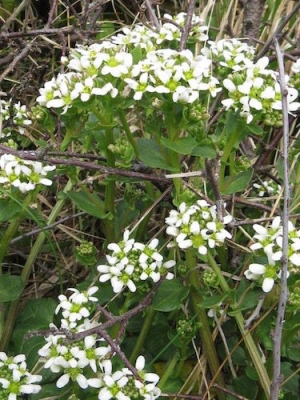 Well April 1st seems a perfect day to get our bodies out of winter torpor, clean off the walking boots and head off to the promised- land that we all know as The Lizard. It is probably a good time to coax our brains back into action as well so I thought that we should start off with something relatively simple.
Well April 1st seems a perfect day to get our bodies out of winter torpor, clean off the walking boots and head off to the promised- land that we all know as The Lizard. It is probably a good time to coax our brains back into action as well so I thought that we should start off with something relatively simple.
So April’s challenge is to find the connection between
Harry Potter – Captain Cook – Bad weather on the A30 and The Lizard
Your answer will be aided by a walk along the coastal footpath or even a drive down the A30. So something for locals and visitors alike. We could even find you some tenuous links with ‘Poldark’ and ‘Banished’, two very contrasting period dramas currently taking up prime television schedules.
Anyone walking The Lizard’s coastal path will not fail to notice the swathes of white along the coastal cliffs and crannies. The same could be said of the swathes of white on the roadside verges spotted whilst driving down the A30 within the legal speed limits.
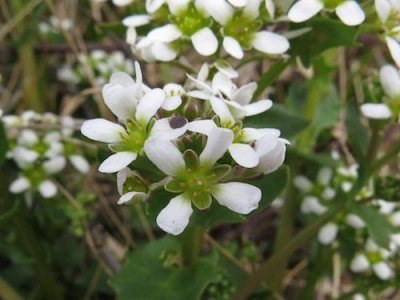 |
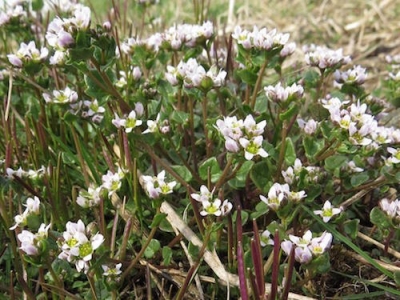 |
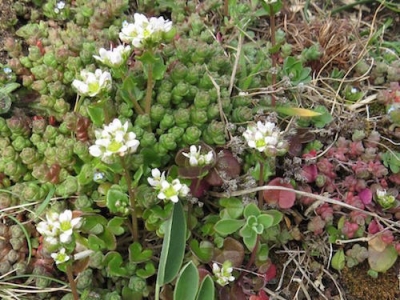 |
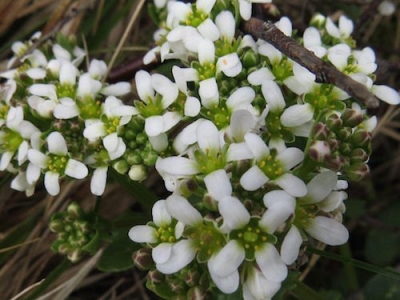 |
We digress here for a quick reference to ‘Poldark’ – which coincidentally was partly filmed on The Lizard at Gunwalloe – and includes courtroom scenes with villains being threatened with deportation to Australia. Such deportees might have ended up drinking large volumes of Scurvy ‘juice’ on route before becoming forced labour in an Australian colony as highlighted in ‘Banished’; some would even say that hanging might have been a wiser choice!
So only Harry Potter left then.
I wonder if many of us noticed that Scurvy grass when mixed with lovage and sneezewort was used in the making of his Befuddlement Draught in the Potions Classroom at Hogwarts School of Witchcraft and Wizardry:
“These plants are most efficacious in inflaming the brain, and are therefore much used in Confusing and Befuddlement Draughts, where the wizard is desirous of producing hot-headiness and recklessness”
But please remember that this is only a brain teaser written on April 1st.
In no way should Befuddlement Draught be taken before heading out onto The Lizard’s magnificent coastline let alone whilst contemplating a journey down the A30!
Published: April 2015
Author: Pat Sargeant
Pat is one of The Lizard NNR’s team of volunteers.
However he takes full responsibility for the above strange connections as he is often known to be befuddled himself!
On Saturday 25th April from 10am-1pm why not join local experts on a walk around Windmill Farm to look at “Plants and their historical uses” – an ideal opportunity to find out the real truth behind scurvy grass and a wealth of other plants. Pre-booking for this free event is essential so please contact Claire Scott on 01326 292113 or e-mail her at – claire.scott@nationaltrust.org.uk
